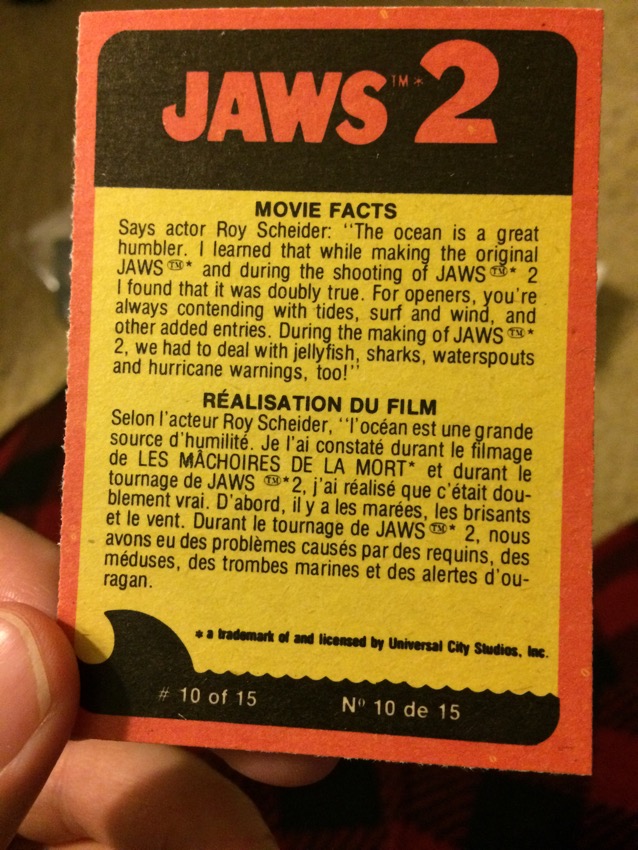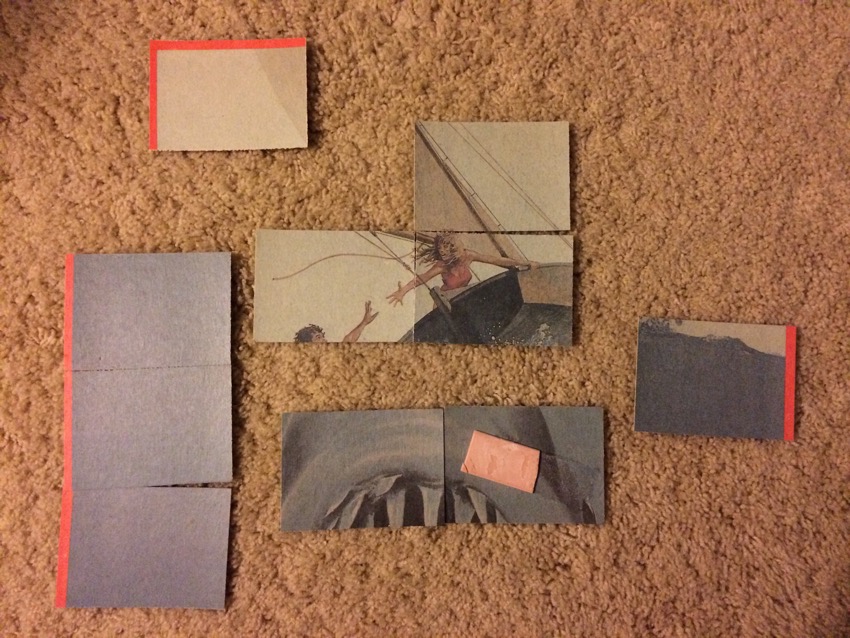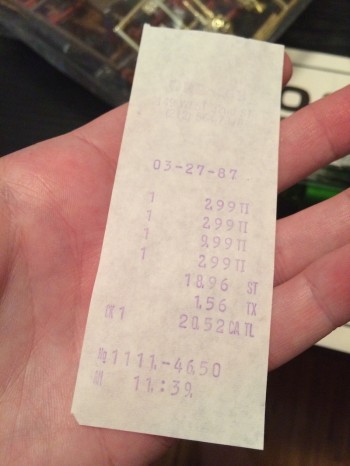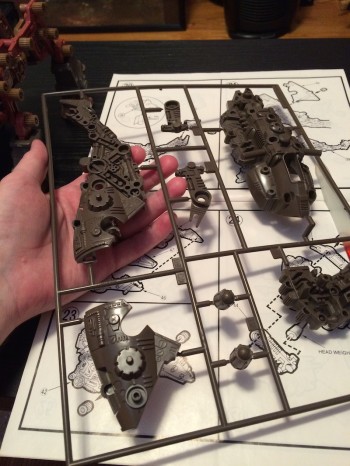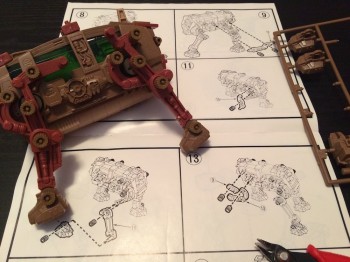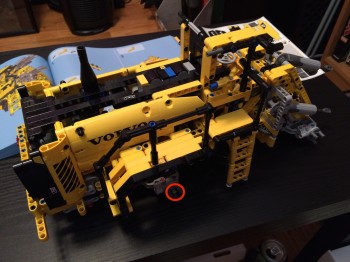The other day I received a box of (belated) birthday gifts from my brother! Amongst other items, the box contained these:
With a big grin on my face I opened them all just now. Here’s what I found inside…
The Desert Shield cards (1991) chronicle the leading to the Iraq War of the early 90s. As you can see they are a tedious collection of military vehicle photos interspersed with publicity stills of ‘celebrities’ of the era. This is one of those sets that I am astonished has an audience.
I’ve never seen Rocky IV, but from the surprisingly detailed card backs I’m guessing it’s about a Russian boxer (Drago) who defeats an aging US champion (Apollo Creed) and is in turn defeated by Rocky. The cards are ho-hum, but I got a good sticker for AW!
That’s the entire contents of one of the E.T. sticker packs from ’82. It’s one of those album sets, but imagine how disappointed you’d be had you bought one pack and got these five! I wager had I not said, you’d be hard pressed to guess the movie they were from!
All I’m going to say about the above is it’ll look great on AW’s dresser 😉
The oldest cards are from Alien (1979) which makes the included gum 36 years old. Naturally I had to taste it…
It was strangely bitter, and incredibly hard, like a piece of plastic. It hasn’t aged well.
The cards themselves were decent (the usual promo shots) and as with many sets of the era the backs formed a puzzle. Strangely it had nothing to do with Alien:
The last pack was timeless:
Fun fact: as a child I used to glue trading cards into a big ‘scrapbook’! I suppose I never cared about the backs 🙂
What’s this?!? I forgot a pack:
For a set based on the eminently forgettable sequel to a very average film, these cards were surprisingly good!
1) The card backs are detailed and bilingual…
2) The print quality is high and the images shown are decent (although the cards are perforated as if they were hand separated!)…
3) And best of all the puzzle on the backs seems very cool!
However the pack lies when it says ‘A sticker in every pack’ since neither of mine had any sticker. Sorry Adam 🙂










